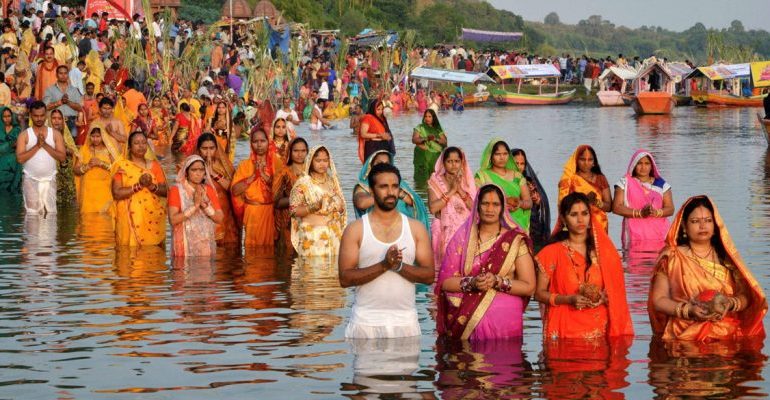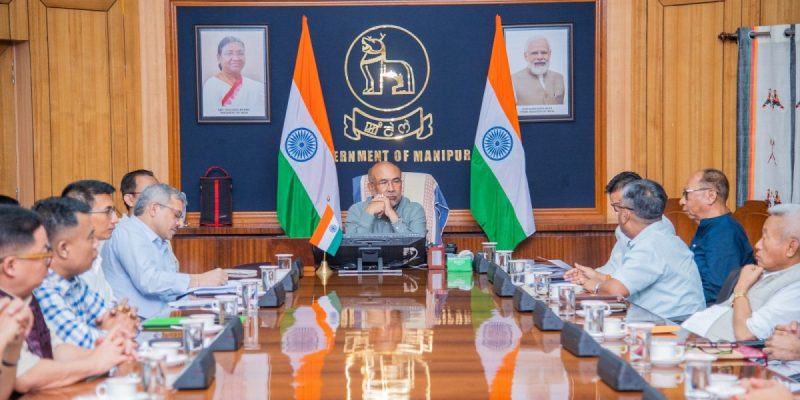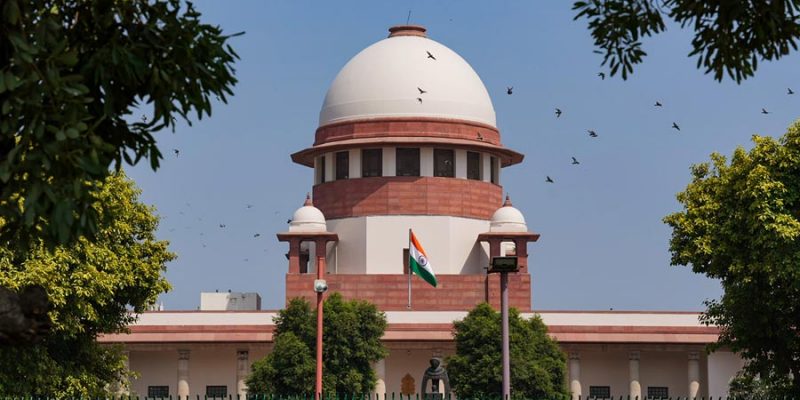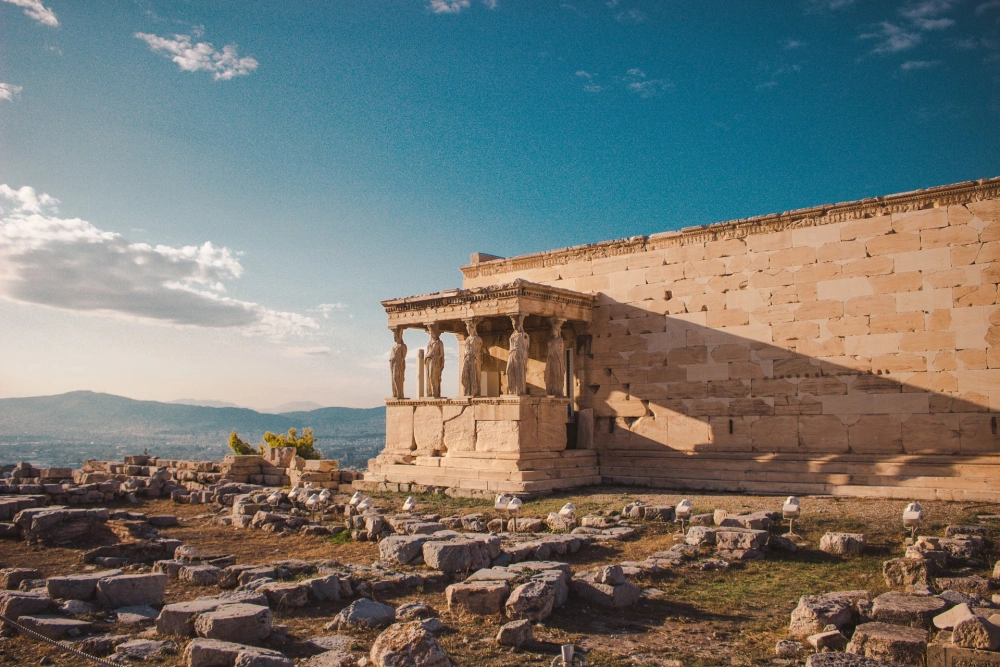Chhath Puja: A Celebration of Nature and Subaltern Culture

Chhath Puja is a Hindu festival that is dedicated to the worship of the sun god Surya and his sister Chhathi Maiya, who are believed to be the sources of life, energy and healing on earth. It is an ancient festival that has its roots in the past, when our forefathers used to perform rituals to thank the sun for sustaining life on earth. Chhath Puja is celebrated six days after Diwali, on the sixth day of the lunar month of Kartika (October–November) in the Hindu calendar Vikram Samvat. It is also called Surya Shashthi Vrat, with the word chhat coming from shasthi or the sixth day of the new moon.
Chhath Puja is a festival that celebrates the bond between humans and nature, and the power of faith and perseverance. The festival involves various rituals over four days, such as holy bathing, fasting, standing in water and offering prayers and water to the setting and rising sun. The devotees also prepare and distribute prasad, a religious food, made of natural ingredients such as wheat flour, jaggery, fruits and milk.
Chhath Puja is a festival that transcends caste, class and gender barriers, and is open to anyone who wants to express gratitude and devotion to the sun god and Chhathi Maiya. However, it is mainly observed by the Bahujan communities of Bihar, who have preserved and propagated this festival for generations. Chhath Puja is a festival that reflects the subaltern culture and identity of these communities.
On Nahay Khay, the first day, the devotees take a holy bath in a river or a pond and clean their houses. They also cook food without salt, onion or garlic and eat only one meal in the day.
On the second day, Kharna, the devotees observe a fast from sunrise to sunset. They break their fast in the evening after offering prayers to the sun and the moon. They eat kheer (rice pudding), puris (deep-fried bread) and fruits. They also prepare thekua, a sweet dish made of wheat flour and jaggery, which is the main prasad (offering) of the festival.
On the third day, Sandhya Arghya, the devotees observe a strict fast without water or food for 36 hours. They dress up in new or clean clothes and offer arghya (water) to the setting sun at a riverbank or a pond. They also light earthen lamps and sing folk songs in praise of the sun god and Chhathi Maiya.
On the fourth day, Usha Arghya, devotees offer arghya to the rising sun at the same place where they offered it to the setting sun. They also seek blessings from the sun god and Chhathi Maiya for the well-being and prosperity of their family and friends. They break their fast by eating the prasad and drinking the water that was used for the arghya. They also distribute the prasad to their relatives and neighbours.
Chhath Puja is considered to be one of the most eco-friendly Hindu festivals, as it involves rituals that are performed in natural settings, using natural materials and respecting the environment.
The devotees use bamboo baskets, earthen pots and clay lamps for the rituals, which are biodegradable and do not cause pollution. The devotees prepare and distribute prasad made of natural ingredients such as wheat flour, jaggery, fruits and milk, which are healthy and nutritious.
The devotees worship the sun god and Chhathi Maiya, who are the sources of life, energy and healing on earth. They thank them for sustaining and supporting life on earth and seek their protection and blessings.
The devotees perform the rituals on the banks of the rivers or other water bodies, which are considered to be sacred and purifying. They also clean the surroundings and avoid littering or polluting the water.
Chhath Puja is a festival that showcases the beauty and harmony of nature and subaltern culture. It is a festival that reminds us of our dependence and gratitude towards the sun, the earth and the water, and expresses solidarity towards the oppressed and the marginalised.
The festival is anti-purohit; it does not involve any idol worship, temple visit or chanting and puja through a priest. The devotees perform the rituals themselves, without any guidance or assistance from a priest.
However, some scholars have suggested that there may be some links between Chhath and Buddhism, as both religions share some common beliefs and practices. For example, both Chhath and Buddhism emphasise the importance of non-violence, compassion and detachment from worldly desires. Both Chhath and Buddhism also involve fasting, meditation and offering prayers to the sun.
Some scholars have also argued that Chhath may have been influenced by the Buddhist king Ashoka, who ruled over the region where Chhath originated. Ashoka was a patron of both Hinduism and Buddhism, and he promoted religious harmony and tolerance among his subjects. He also built many temples, stupas and pillars dedicated to the sun god, and encouraged people to worship the sun as a symbol of peace and prosperity.
The festival that has spread to different parts of India and the world due to migration and cultural exchange. However, this also poses a challenge to the authenticity and originality of the festival, as some people may try to insert religious legends or commercial interests into its history and significance. Chhath Puja is a festival that should be respected and celebrated for its ecological and egalitarian values.
The festival inspires us to live a simple and sustainable life, and to overcome the challenges and difficulties with courage and faith.
Dr Sandeep Yadav is a University Gold Medalist in PG. He has been teaching english as an Associate Professor in SLC(E) at the University of Delhi for the last 15 years. He has been a permanent faculty member at the Central University of Jharkhand for four years. He has published many books, including ओबीसी और भारत. Yadav is a social activist.







